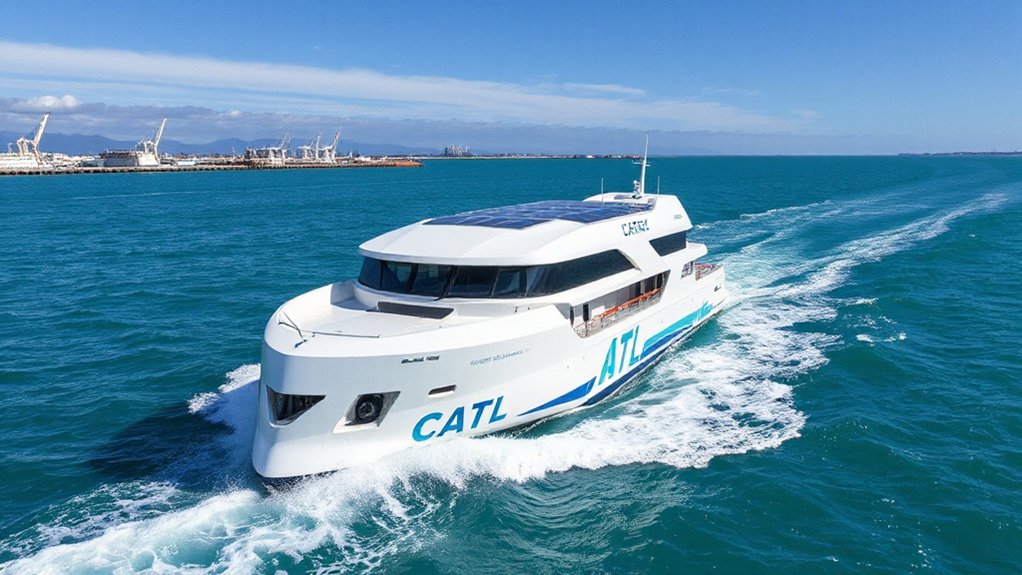While most Americans barely notice the agricultural heartland, North Dakota has quietly pulled off something transformative. The state just launched the nation’s first integrated bioethanol-to-jet fuel plant in Richardton. Yeah, you read that right. While coastal elites were busy debating the future of green energy over $7 lattes, North Dakota farmers were actually building it.
Red state innovation outpacing coastal talk while America wasn’t looking. Midwestern ingenuity strikes again.
This isn’t your grandfather’s ethanol plant. The facility will convert a staggering 65 million gallons of ethanol annually into sustainable aviation fuel (SAF). Do the math: 1.7 gallons of ethanol makes 1 gallon of jet fuel. Pretty efficient for something growing in a cornfield six months ago.
The race is on. If completed before similar projects in South Dakota, this will be America’s first fully integrated SAF plant. No big deal, just transforming aviation fuel production while the rest of the country was distracted by whatever trending hashtag captured their attention last week.
Money talks. This $500 million investment isn’t just about fancy green fuel – it’s breathing economic life into rural communities that urban America forgot existed. Around 50 permanent jobs plus construction work in a town that probably doesn’t even have a Starbucks. The acquisition cost Gevo Inc. approximately $210 million to purchase Red Trail Energy. The plant also creates valuable by-products: distillers grains, animal feed syrup, and corn oil. Nothing goes to waste here.
The environmental benefits? Massive. The Red Trail facility was the first in the US to implement carbon sequestration linked to ethanol production. Their fully permitted carbon capture system makes this aviation fuel significantly cleaner than conventional jet fuel. This innovative approach helps reduce carbon pricing concerns while supporting the transition to greener energy solutions. This follows the growing trend of sustainability in aviation, where institutions like UND Aerospace have already switched to unleaded avgas for environmental benefits. Planes still flying, atmosphere less damaged. Win-win.
North Dakota’s achievement is a blueprint for on-site fuel conversion that eliminates logistical energy losses. They’re not just talking about sustainability – they’re doing it. And they’re doing it without the fanfare, coastal investment capital, or media attention that typically accompanies such breakthroughs. Just another day in America’s heartland, casually reinventing aviation fuel.
References
- https://bioenergytimes.com/north-dakota-working-on-first-integrated-jet-fuel-plant-from-bioethanol/
- https://blogs.und.edu/press-releases/2023/07/und-aerospace-makes-transition-to-unleaded-aviation-fuel/
- https://decarbonfuse.com/posts/low-carbon-jet-fuel-company-foresees-huge-investment-in-western-north-dakota
- https://gevo.com/location/gevo-north-dakota/
- https://northdakotaagconnection.com/news/gevo-expands-jet-fuel-plans-in-north-dakota








